Table of contents
General considerations about the conjunction of Jupiter and Saturn
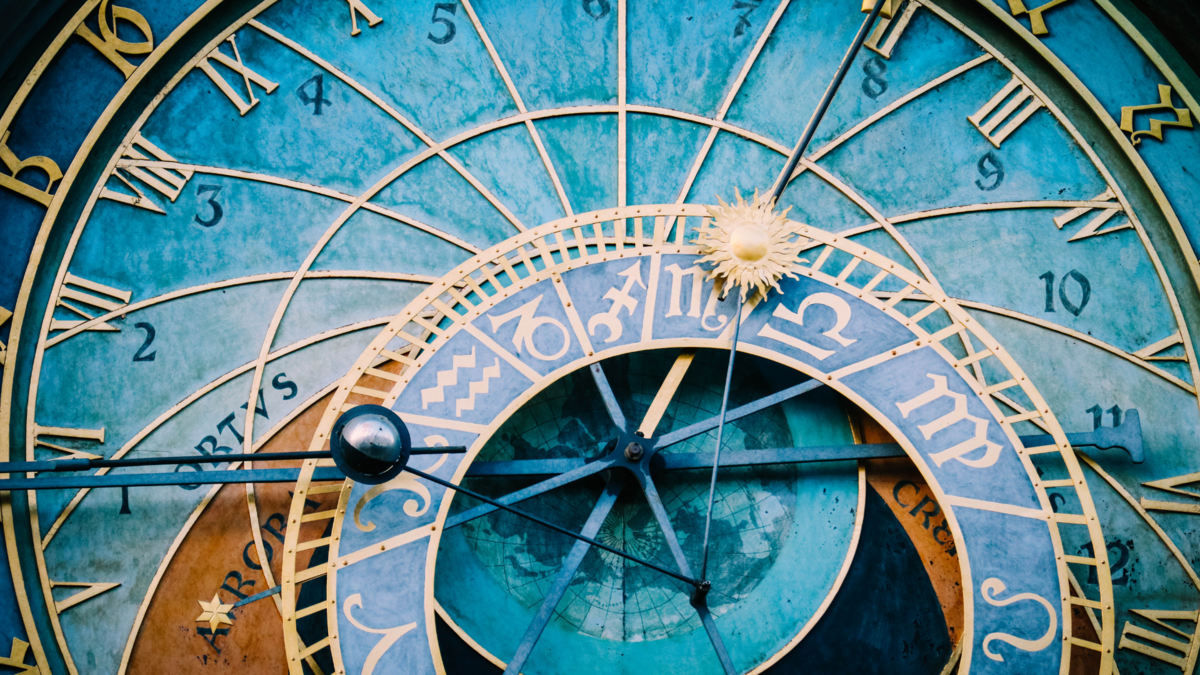
On December 21, 2020, Saturn and Jupiter entered into an exact conjunction. Such an aspect, for astrology, is just the beginning of a period of intense transformations and changes of viewpoints. After all, the meeting of the giants happens once every 20 years and, last time, it occurred in the sign of Aquarius.
Conjunctions are one of the planetary aspects which can occur in the sky. Thus, when two or more planets are positioned in such a way as to form specific angles to each other, they together exert influences on people's daily lives.
In order to better understand the subject, the starting point is to understand the movement of the stars and the issues dealt with by each one. In this article, learn more about the meaning and effects of the conjunction of Saturn and Jupiter, as well as its possible impacts from the birth chart.
The conjunction of Jupiter and Saturn for astrology and astronomy
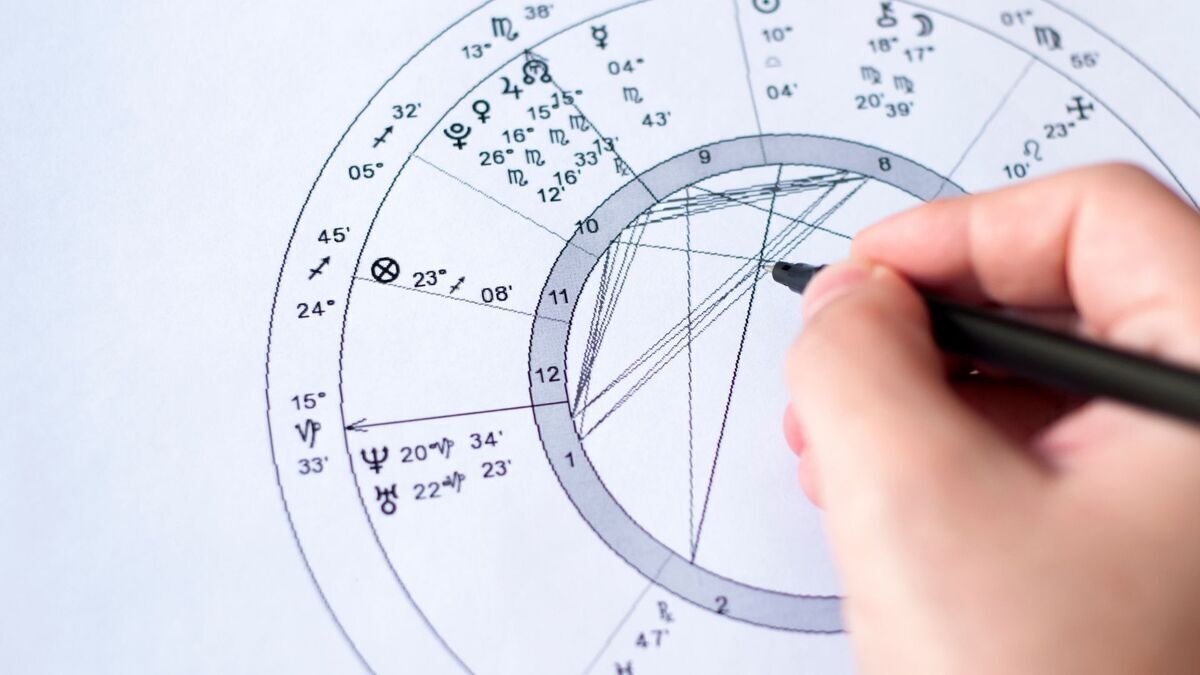
The conjunction is one of the aspects perceived in the zodiacal belt. The movement of the planets is precisely what allows the appearance of distances that result in astrological aspects. In the case of Jupiter and Saturn, the greatness of the planets and the possibility of observing them in the sky draw attention. Below, learn more about the subject and its impacts throughout history.
Saturn and Jupiter visible
The alignment between the largest planets in the Solar System is notable for the proportions of the planets. Under suitable conditions, it is usually possible to see them after sunset when the conjunction occurs. However, it is not always possible to observe them due to weather and brightness aspects. When visible, Jupiter and Saturn can be observed below the Moon.
The most notable detail of the encounter between the two in 2020 was the level of closeness between them. Although conjunctions occur at 20-year intervals, the distance between them at times is even less. Indicating how striking the recent occurrence was to scholars, the last conjunction between Jupiter and Saturn with the stars so close occurred 400 years ago.
The alignment of Saturn and Jupiter throughout history
Over time, the conjunction between Jupiter and Saturn has been the backdrop for social changes. In the periods when the alignment occurred, society was faced with transformative economic and political scenarios, with impacts of great proportions. The turn of the millennium is an example, as well as the end of 2020.
The highlight of the alignment between the two largest planets in the Solar System is in the scope of the treaties and propositions that emerged during the event. Uniting the expansion of Jupiter to the challenges of Saturn, it is easy to see how the conjunction questions individual and collective processes. With the Age of Aquarius, such changes strongly connect to social, digital and open thinking.
The meaning of the conjunction of Jupiter and Saturn for astrology
For astrology, the conjunction between Jupiter and Saturn is the beginning of relevant moments, in which the steps taken have more expression than usual. The sign in which the planets fall sets the tone of the planetary aspect which, this time, concerns Aquarius. Together, in Aquarius, they bring into the future more of what was seen throughout 2021.
Jupiter and Saturn in Aquarius unite expansion, progress, advances and many questions. Socially, such changes favor society, since Aquarius is a sign that connects with the collective and the breaking of patterns. Added to technology, the aspect is a call for new beginnings and the strength of transformations.
Saturn and Jupiter in the birth chart
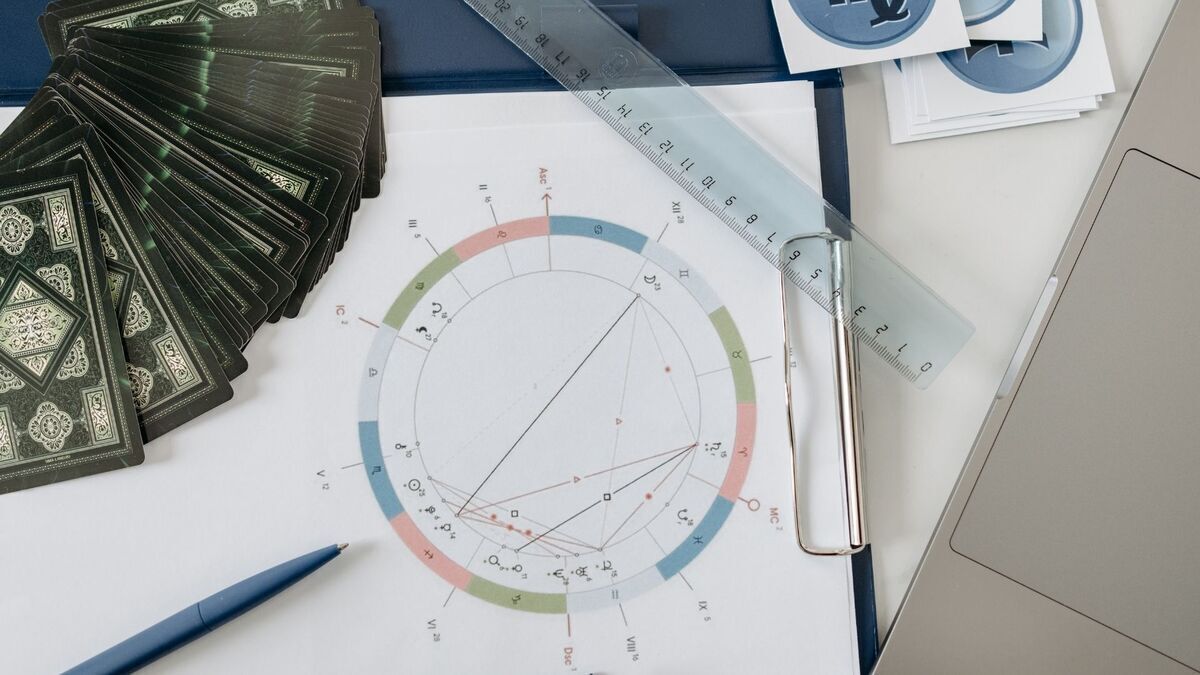
In the astrological chart of individuals, the conjunction brings the need for reflection on certain issues. From the ascending sign and from Jupiter and Saturn, the transits in the sky are also important. The most determinant is the understanding of the conjunction as a cycle that extends for 20 years, and not as a single moment. Do you know which is your ascendant? Check where to start:
Ascendant in Aries
Amid the effects of the conjunction between Jupiter and Saturn, those with Ascendant in Aries are faced with important issues related to the sense of collectivity. For the native, who is dedicated in his projects, it is time to put his own disposition at the service of plans for the future.
Questions about bigger and more comprehensive plans also reach the planets. Sincerity, typical of those with Ascendant in the sign of Fire, can be a challenge. The key word here is collectivity, accompanied by the bold and vigorous air of the native's personality.
Taurus Ascendant
The native with Taurus ascendant, sign of Earth, attracts attention for having his own rhythm of putting plans into practice. Centred and appreciative of good things, he has in the conjunction between the giants of the Solar System a call for themes like visibility and important decisions.
The ascendant brings pondering, a necessary quality at this time, and a high capacity to appreciate what is good. In Taurus, expansion and persistence connect in the midst of career, materialization and personal and professional achievements. Such aspects gain strength with the alignment between the planets.
Ascendant in Gemini
People with Gemini ascendant in their birth chart are sociable and communicative and have a high capacity for dynamic situations and issues. The conjunction of Jupiter and Saturn brings expansion and focus to some issues which have to do with what interests the native.
In the case of the sign of Air, the planets praise work related to movement and its remarkable versatility. The advancement of personal projects is a theme related to the planets, as well as travel and the search for knowledge. Studies also gain strength, especially those related to the word.
Ascendant in Cancer
For the Cancer Ascendant, the conjunction between Jupiter and Saturn in Aquarius is the beginning of a period which calls for a certain amount of caution. Observant and generous, this being can encounter difficulties in relationships with others, or even partnerships of different kinds. There is a great tendency for transformation, especially in relation to money.
The planets impact those who have the Ascendant in the sign of Water, bringing possible finalizations and oscillations, amidst their attached and sensitive personality. The strength of the subjective, typical of the Ascendant, can bring challenges.
Ascendant in Leo
Extroversion and fun are defining features of the Ascendant in Leo. Those who have the sign of Fire in this position in the chart should take advantage of the tendency to give and receive attention to put themselves even more in the middle of socializing.
The conjunction in Aquarius reinforces the need for an attentive look at the collective and everything that involves other people. The giants of the galaxy ask the native to work on contacts, partnerships and all kinds of exchange with other individuals. Professional partnerships can also be a prominent issue.
Ascendant in Virgo
Critical, rational and interested, the native with the Ascendant in Virgo stands out for his capacity to improve processes, a typical characteristic of the sign. Jupiter's expansion and the aspect of limitations brought by Saturn highlight themes related to day-to-day life.
Changes can occur in routine, in the performance of duties and in health. The planets can also highlight the importance of a careful look at one's own body and habits present in daily life. Efficiency and reasoning help to overcome likely challenges.
Ascendant in Libra
Libra, sign of Air, exalts personality traits like charm, kindness and high levels of socialization. The questions brought by the conjunction between Jupiter and Saturn in Aquarius are connected to personal realization and pleasure. Therefore, aspects to work on involve self-image, leisure, fun and love.
Those with Ascendant in Libra may find themselves needing movement and reflection on their own freedom, as well as a sense of expression and creativity. Paying attention to these issues is the best way to deal with them.
Ascendant in Scorpio
Although remembered for its intensity, Scorpio is a sign that also refers to the depth of emotions. Those who are ascended in this sign usually have a decisive, striking and somewhat determined personality.
The greatest of the planets, Jupiter, is the mythological figure who invites all kinds of expansion and broadening of horizons. Incessant journeys full of knowledge guide the path of this ascendant. Together, the planets involved in the conjunction, Jupiter and Saturn, bring to the being reflections on themes of strong emotional appeal.
Family, relationships and intimate aspects of life are highlighted among the issues that arise for the being with ascendant in Scorpio. Although challenging, this is a time of growth and expansion, as an indication of new paths to follow.
Ascendant in Sagittarius
Jupiter is the ruler of the ninth sign of the zodiac. With the element of Fire, Sagittarius, as ascendant, highlights sympathy, extroversion and independence in the personality of the native. The themes brought by the conjunction of Jupiter and Saturn are those related to studies, intellect and all kinds of communication and expansion with other people. Movement and relationships also require attention.
Always ready to live new adventures and challenges, the being has its ruling planet strengthening great chances of expansion in matters that bring interest. Thus, it can be a period of growth and evolution with the planets in Aquarius.
Ascendant in Capricorn
Capricorn, sign of Earth and linked to work, is ruled by Saturn. The planet has connection with potentially limiting issues and, who has the ascendant in the sign, is usually strong and persevering. Saturn, in mythology, represents the deity of time and the transformations that happen with the passage of time, full of challenges and maturation.
Responsible, mature and methodical, this is a native who may encounter issues of great practical appeal as the central pillar of the conjunction. Jupiter and Saturn invite those with Ascendant in Capricorn to review issues related to personal values, income and money. In finances and other objective sectors of life, questions may arise, supported by the conscious responsibility of the sign.
Ascendant in Aquarius
Although it is an ascending sign which reminds us of rebellious and unfeeling behaviour, Aquarius is a sign which connects collectivity and the future. Those who have this ascending sign stand out because of their revolutionary and idealistic sense, without being influenced by others.
The conjunction between Jupiter and Saturn invites the native to work on his or her independence, and issues such as identity and new beginnings need to be viewed with caution by those with Aquarius.
Ascendant in Pisces
The depth of the Ascendant in Pisces is reflected in the themes which require attention with the conjunction between the giants of the Solar System. Looking inward becomes even more important, as does spirituality itself. The individual stands out for being highly intuitive and sentimental, which connects him to spaces which many other people do not see.
The ascendant in Pisces, dreamy, delicate and affectionate, can benefit from the configuration of the stars and find powerful insights. Your altruism and empathy, typical of the sign, indicate the journey ahead.
The planetary aspects
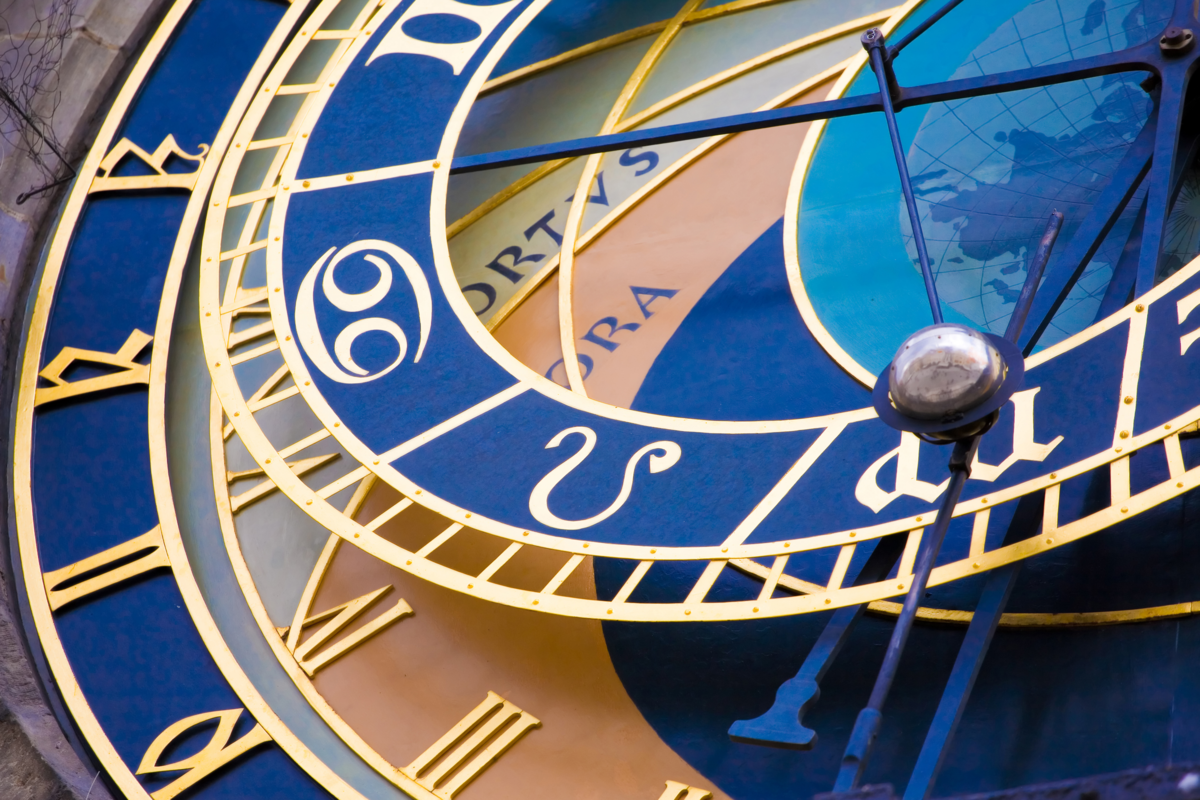
Planetary aspects are specific angles that are formed according to the position of the planets in the sky. Harmonious or tense, or even neutral as in conjunction, they mix energies and issues of the planets involved. The place where they meet must also be considered, so that the interpretation is synonymous with rich opportunities for growth. To learn more, follow the reading.
Harmonious planetary aspects
Harmonious planetary aspects present more favourable scenarios for people. In positive angular conditions, the planets involved exalt abilities and skills. The issues ruled by the stars and the point where they meet ultimately neutralise problems, and create beneficial dynamics due to the easy relationship between the planets.
In the birth chart and in the daily transit of the planets, harmonious aspects can lead to a lack of initiative and a certain relaxation, so although they are favourable points, their unfolding can lead to inertia. So at the same time as the influence of harmonious aspects is beneficial, it can be challenging.
Tense planetary aspects
Tense aspects, as their name suggests, are those which create challenging and conflicting dynamics. The issues related to the planets involved, as well as the point in the zodiacal belt at which they meet, determine how the influence of tense planetary aspects can be felt by people.
Despite being unfavorable, tense scenarios create unique possibilities for overcoming and evolving. In many cases, by not understanding the established dynamics and not knowing how to deal with frustration, individuals end up causing more imbalance. The key is to find ways to dribble the disharmony between the planets, without leaving one of them aside.
Major planetary aspects
The major planetary aspects were defined by the Greek scientist Ptolemy. Their appearance is due to the division of the ecliptic by 2 and 3, when the angulations such as trine, sextile and opposition were found. The major aspects are the most remembered by astrologers and scholars, as they create strong dynamics with great influence on day-to-day life.
It is common for major aspects to appear in weekly horoscopes, for example. This is an example of how planets in the sky show constant movement, creating fluid dynamics which impact people's perceptions and behaviour. They are divided into harmonious, tense and a neutral aspect, helping to shape a being's personality and identity.
Minor planetary aspects
Minor planetary aspects are those presented by Johannes Kepler, German astronomer who contributed a lot to Astronomy. Among them are quintile, quincuncle, semi-sextile and semiquadrature, with minor influences. Because they are less noteworthy, they are aspects usually forgotten in astral analyses. Their effects can be harmonious or tense.
Conjunction, trine, sextile, opposition and square
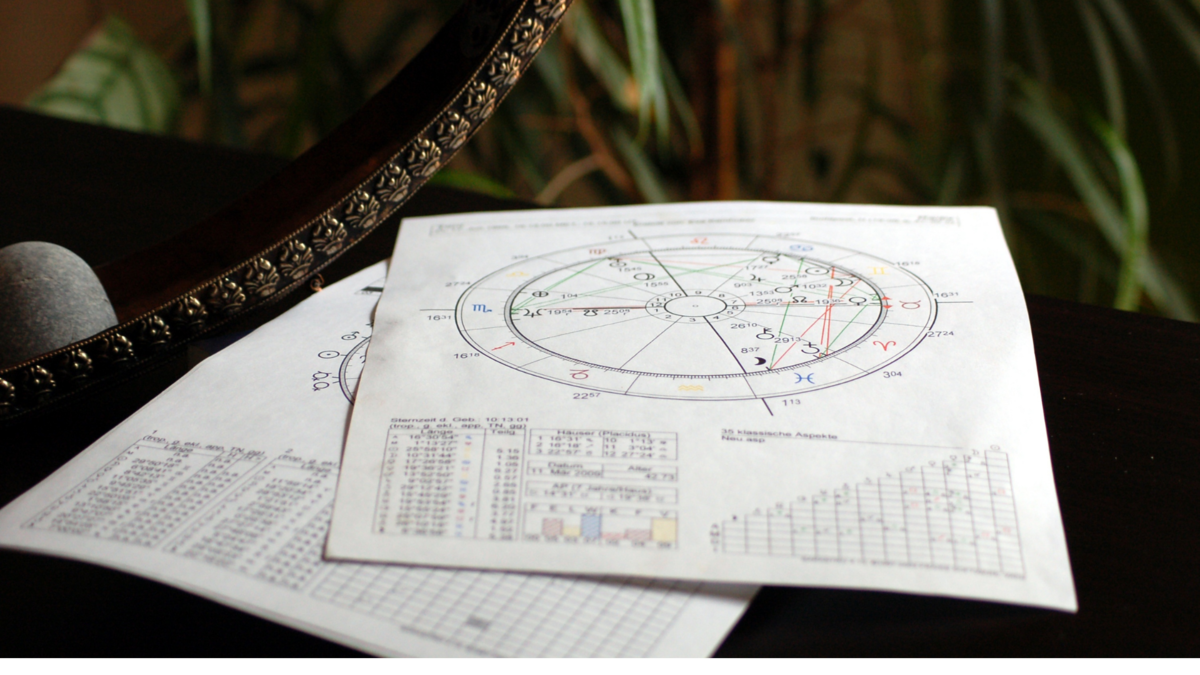
Conjunctions, trines, sextiles, oppositions and quadratures are specific angulations between two planets in the birth chart or in the sky. The distance between them and the point where they meet determine a more beneficial or challenging potential in relation to the issues addressed by the stars in question. The key is to understand the importance of seeing the whole to go further. Find out more below.
Neutral aspect: conjunction
Conjunctions are formed when two planets are close together, i.e. in a state of alignment. The exact conjunction occurs when both stars are positioned in the same degree of the zodiacal belt. However, differences of up to 10 degrees are accepted for conjunctions.
The planets complement their energies, creating a neutral aspect that can tend toward something positive or negative.
Harmonious aspect: trine
The most harmonious aspect present in the sky is the trine. Like others, it can appear in the individual's birth chart or in the constant movement of the stars in the sky. In the trine, two planets are within 120 degrees of each other, so that they act together in a complementary way. The aspect usually unites signs of the same element and reinforces harmony, agreement and positive points.
Harmonious aspect: sextile
When the planets meet at 60° to each other, a sextile is formed. This is a harmonious scenario which has less strength than a trine. Formed by signs which have complementary strengths, it is an aspect which usually indicates opportunities for growth and areas of life which can be better used by the individual.
Tense aspect: opposition
Tense aspects, though symbolising difficulties, may be better seen as opportunities for growth. When two planets meet at an angle of 180 degrees, they form an opposition. The aspect can be understood as the counterpoint of opposing energies, which can bring wear and tear to the individual.
The key word is to balance the energies, seeking the source of the perceived imbalances. It is common for there to be frictions and the need to make difficult choices.
Tense aspect: square
The two planets square each other at 90 degrees. The aspect, tense, can be seen as a chance to evolve. The issues being worked on usually present very conflicting energies and proposals. On the other hand, squares also represent movement, as challenges demand action to be solved.
The aspect, despite its somewhat chaotic influences, brings up uncomfortable situations which induce meaningful action on the part of people. Therefore progress and positive change can arise even in the midst of apparent discomfort. Ignoring the opportunity for evolution in the square can be the beginning of a stagnant journey through life.
The minor aspects

The minor aspects correspond to varied angulations, and establish scenarios of varied qualities. Such aspects present less perceptible effects than the major aspects, since the positioning of the planets does not find the strength to manifest marked influences. Even so, less prominent angulations do have meaning. Learn more in the following.
Semi-sextile
The semi-sextile is a minor planetary aspect, which corresponds to a 30 degree angulation between two planets. The most common is that the stars are positioned in two adjacent signs, a situation that is characterized by different energies and not complementary. Therefore, the semi-sextile symbolizes potentialities, as well as opportunities that can be better used by the being.
Quintile
For astrology, the quintile is a harmonious planetary aspect. It occurs with two planets within 72 degrees of each other, the result of the zodiacal circumference divided by 5. The potential of the quintile has to do with creativity and special talents, but being a minor aspect, its strength needs more accuracy in forming the angle in order for it to manifest.
Semi-quadrature
As the square is a tense aspect, the semiquadrature, with planets at 45 degrees of each other, also brings challenges. It can be understood in the astrological chart as a point of initiative, which demands movement and is possible exteriorization. The planets involved can be approaching, which creates a rising aspect, or moving away, composing a waning semiquadrature.
Quincunx
Among the minor aspects, the conjunction is known as an inconjunction. Its challenging nature may be perceived as evil by many, and the aspect occurs at an angle of 150 degrees. The conjunction relates to the need for adjustment, in a challenge that pits possibly incompatible energies against each other. The disharmony caused causes frustration, as action is not usually the best response.
Is there a relationship between the Age of Aquarius and the conjunction of Jupiter and Saturn?
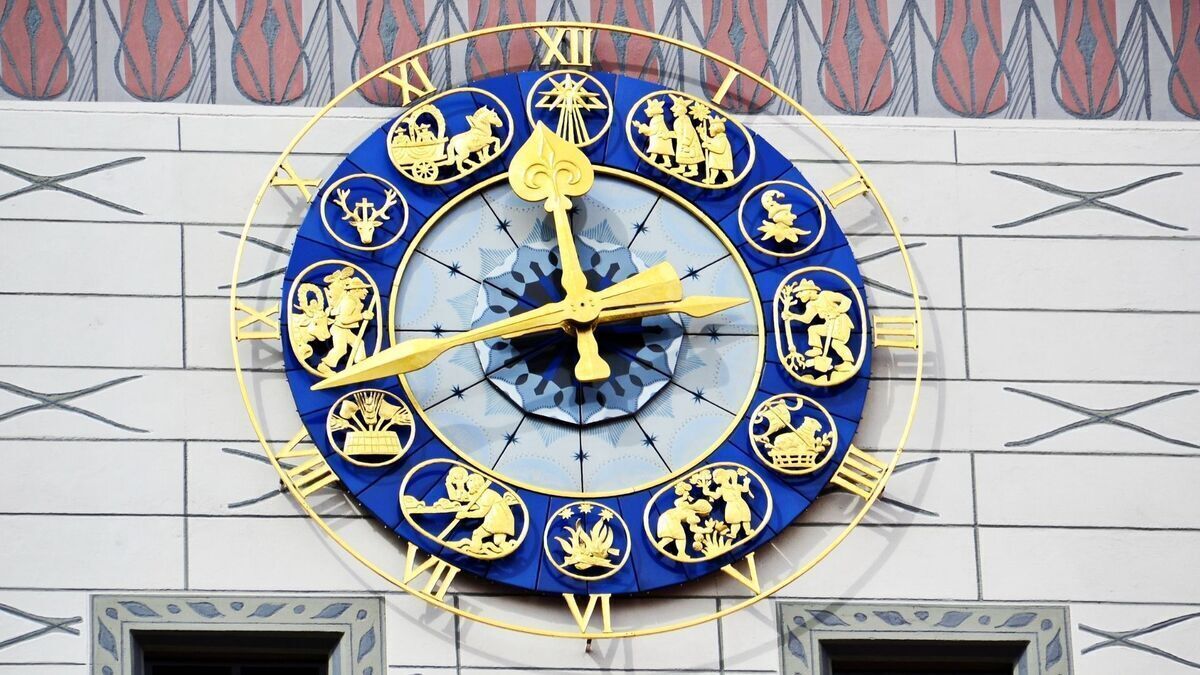
On the day when the exact conjunction between Jupiter and Saturn occurred, the so-called Aquarian Age began. This astrological stage indicates the birth of the Sun in the sign of Aquarius, which marks a period of intense transformations. Socially, therefore, the impact of the conjunction between the major planets of the solar system brings impacts that extend for much longer.
The sign in which the planets are located has a direct bearing on the issues they rule. Likewise, the Aquarian Age has a deep connection with the sense of collectivity brought by the sign of Air, which highlights the power of its transformation. Together, Jupiter and Saturn reinforce the importance of persistence for expansion.
Therefore, the power of the two stars is what guides the path taken during the Aquarian Age, even though the planets have begun a new cycle of moving apart.

